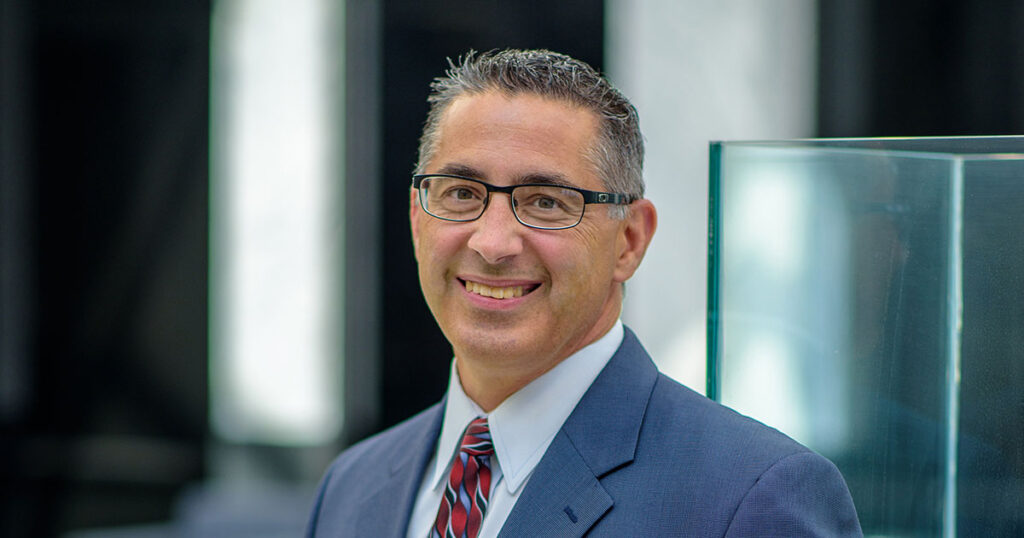Compared to traditional trusts, what exactly is the Social Security Trust Fund of the Social Security Administration of the United States, how does it operate, and how does it affect our lives? by Kurt R. Bachman
The Social Security Trust Fund (hereinafter, the “Trust Fund”), essentially, is the fund used to pay the benefits of retirees, their spouses, various dependents, and persons with permanent disabilities. The Trust Fund is composed of all the taxes earned on the income of American workers that have been collected and earmarked for this purpose, plus any interest gained on those tax revenues. The Trust Fund is sustainable as long as the tax revenues and interest are greater than the payouts. Whereas the Trust for your estate planning likely has one or two Trustees (in other words, those who administer the assets of your Trust), the Social Security Trust Fund has six Trustees, which include the Secretary of the Treasury (the primary manager), the Secretary of Labor, the Secretary of Health and Human Services, the Commissioner of Social Security, and two presidential appointees; to give a variety of perspectives. Federal law requires the Trust Fund to invest in non-marketable Treasury bonds, however, which have the full backing of the US Treasury. This neutral investment source avoids the volatile stock market, which may not otherwise recover in time for the needs of some senior beneficiaries. Investments are, in fact, administered by a Treasury department known as the Bureau of the Fiscal Service. Eligibility as a beneficiary of the Trust (for Supplemental Security Income and Medicare) is according to law and handled on an everyday basis at approximately 1,300 field offices of the Social Security Administration. Understanding how the Trust Fund of the Social Security Administration plays out in real life can give you insights into your own Trust. Please consult with your local elder law attorney if you need to set up a private Trust to protect your wealth for your loved ones.




